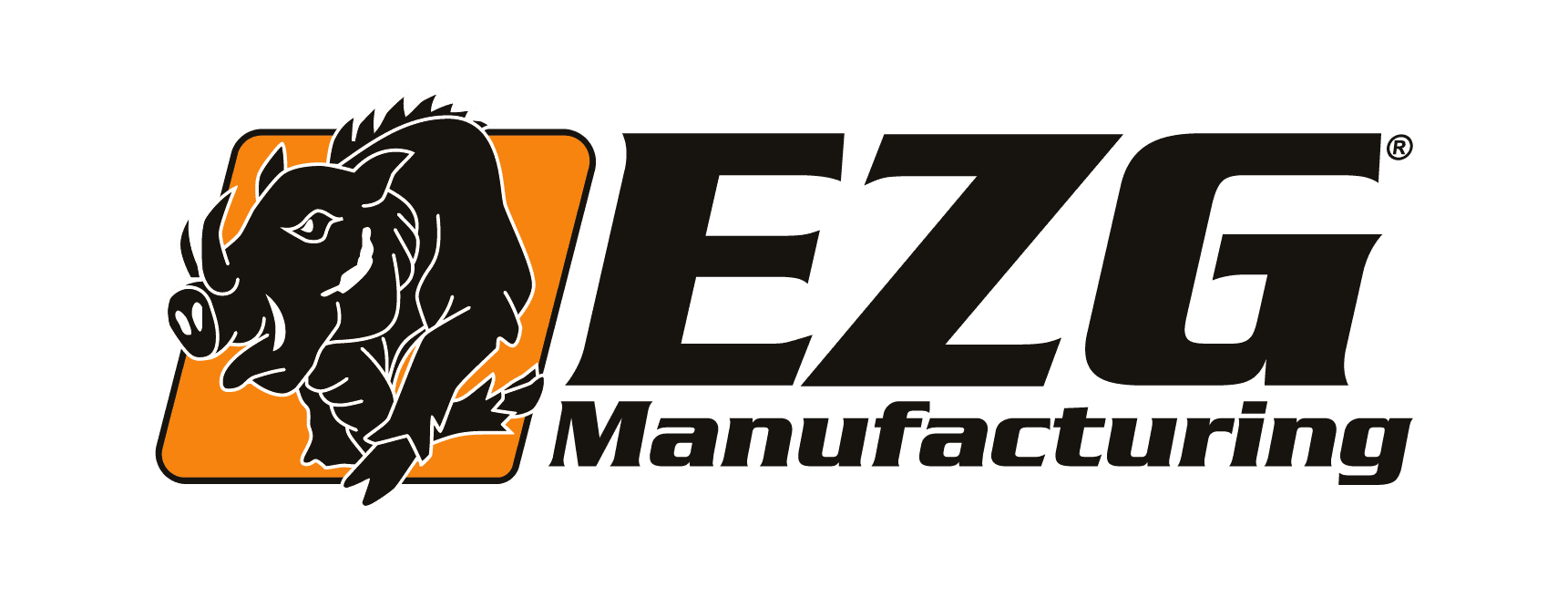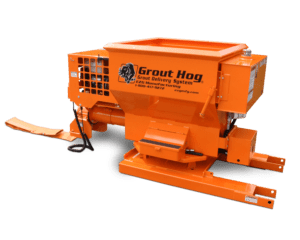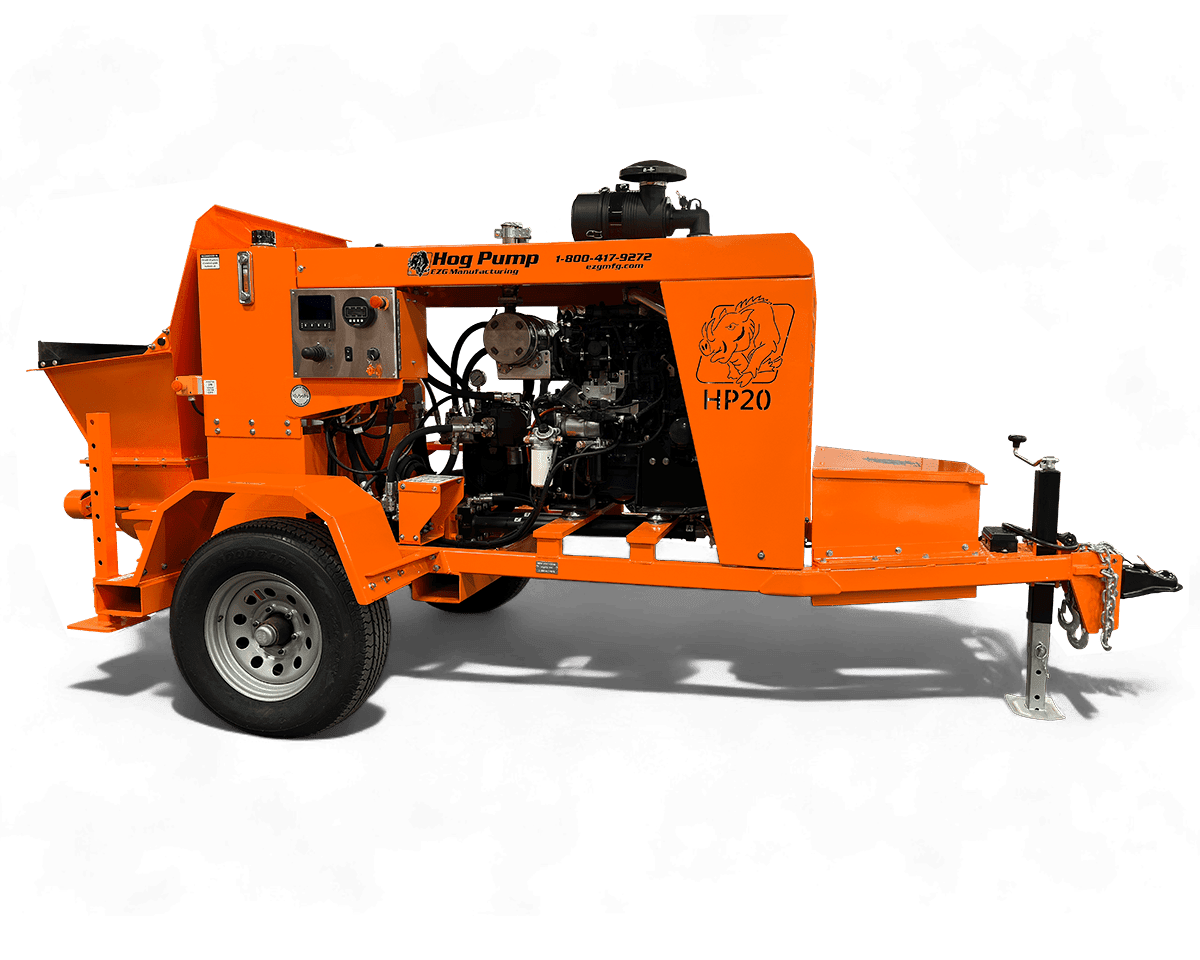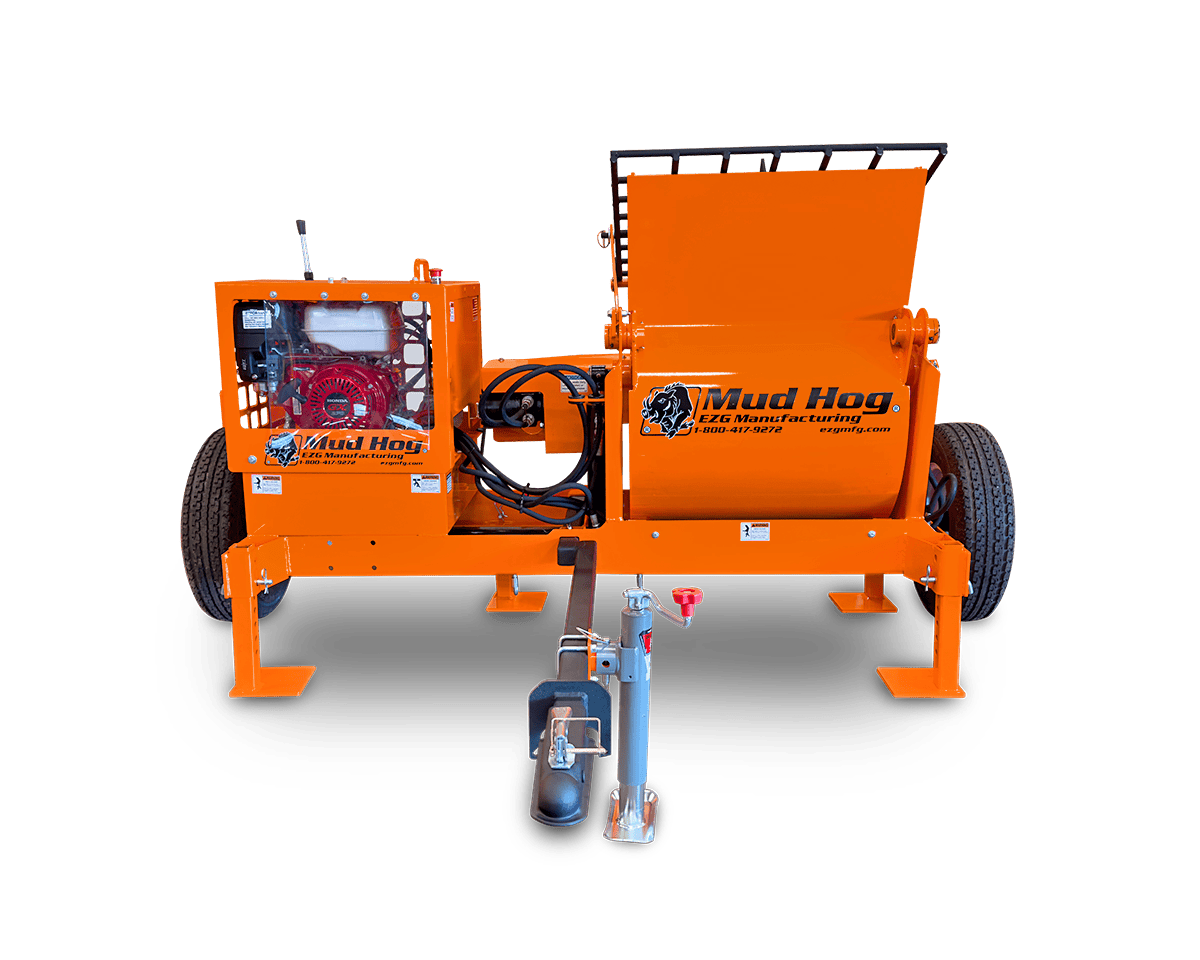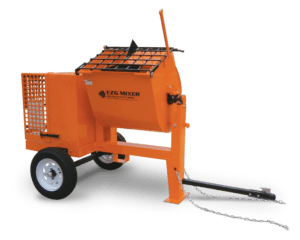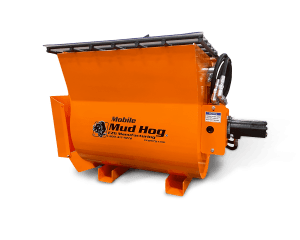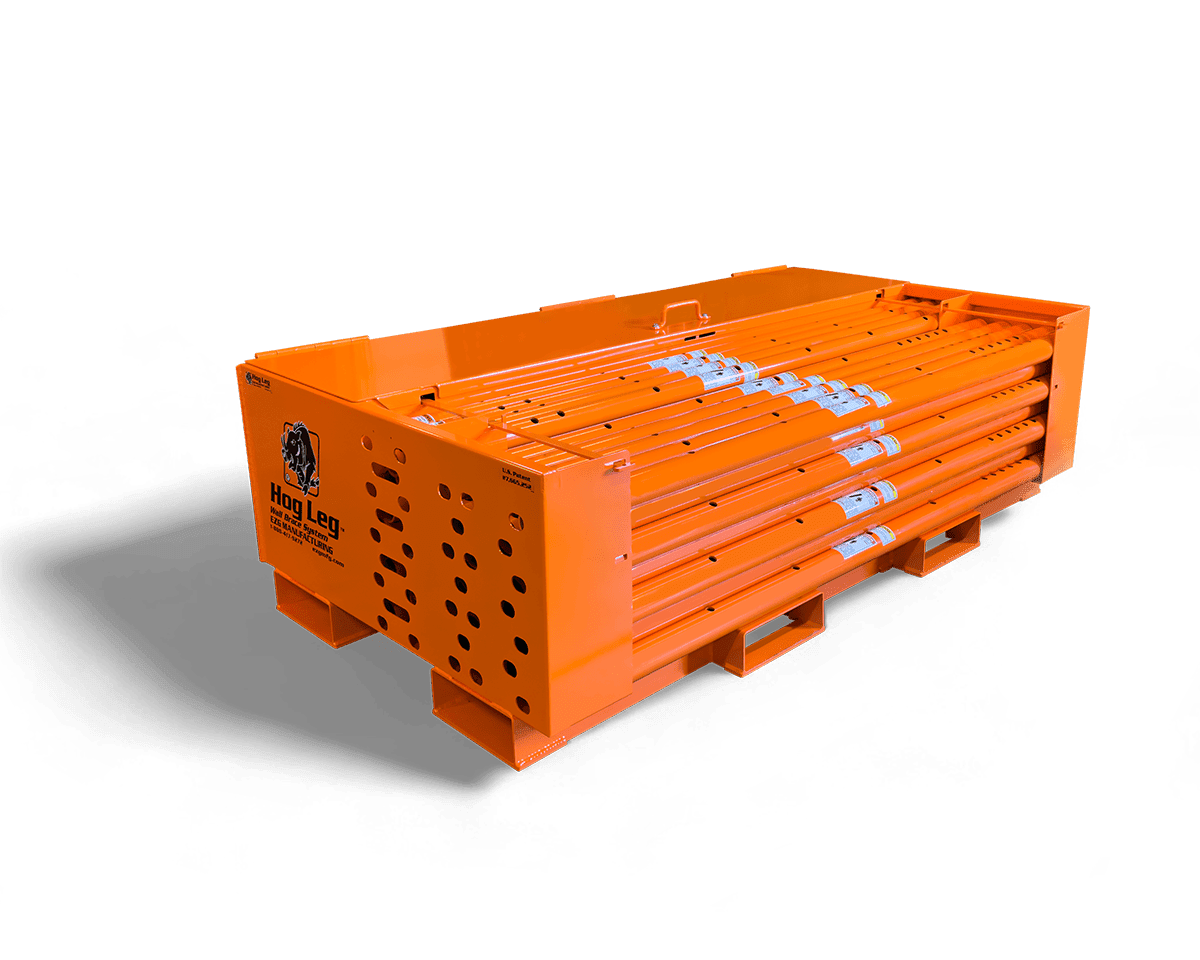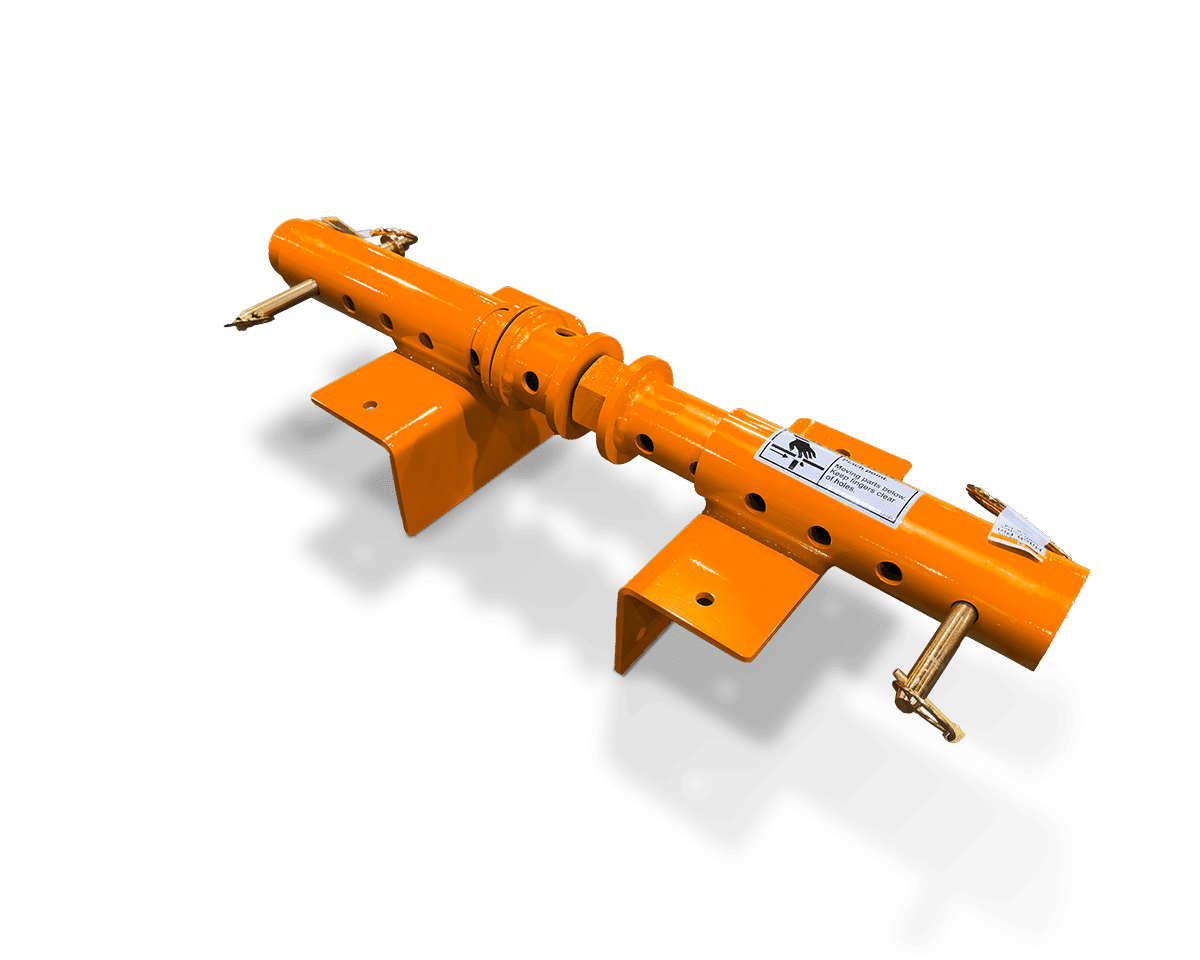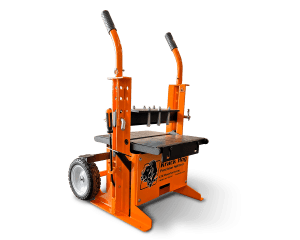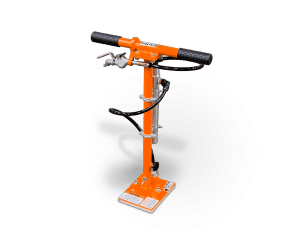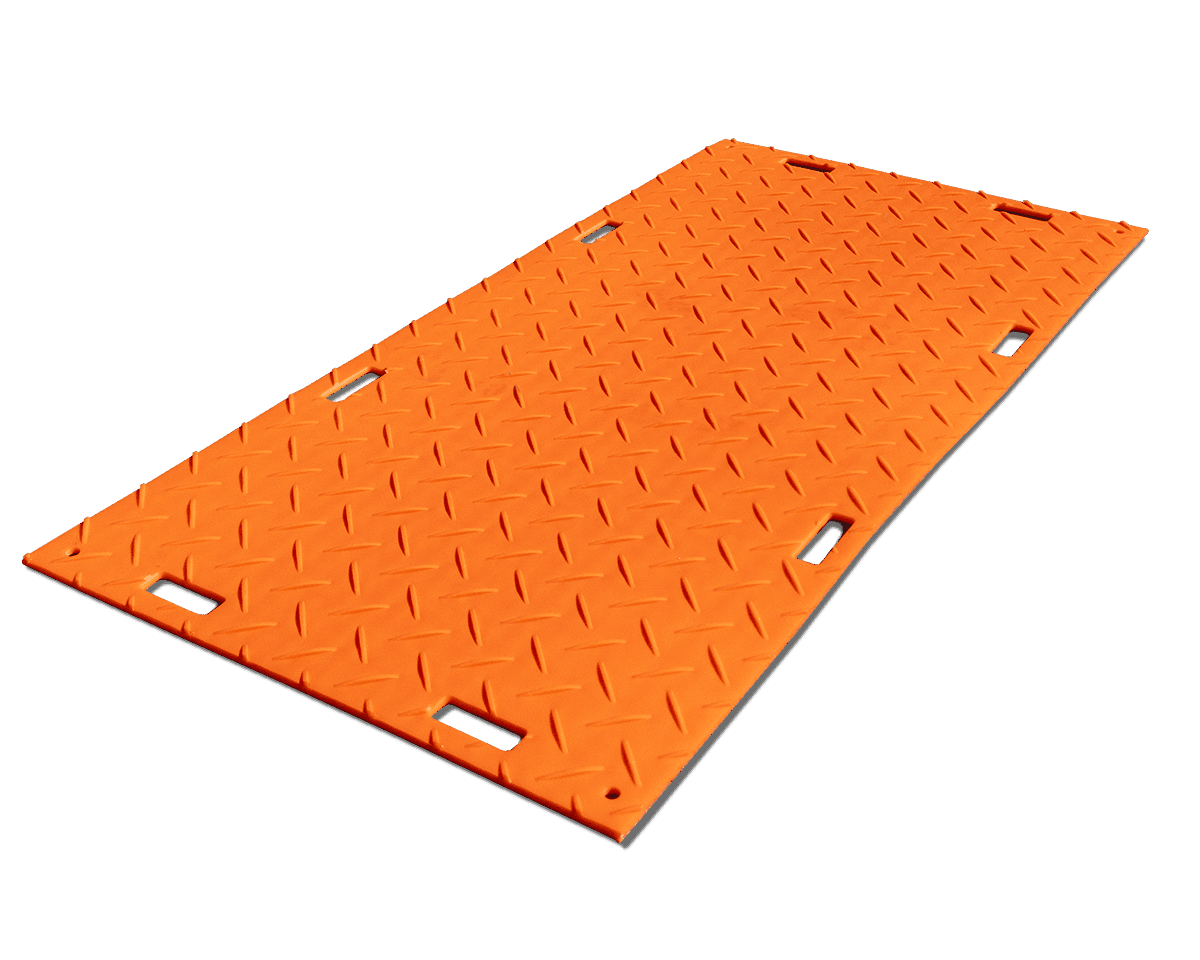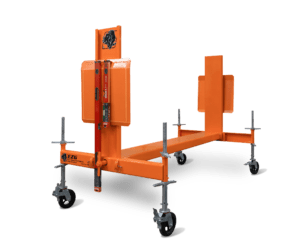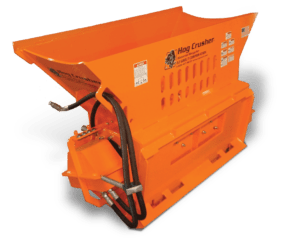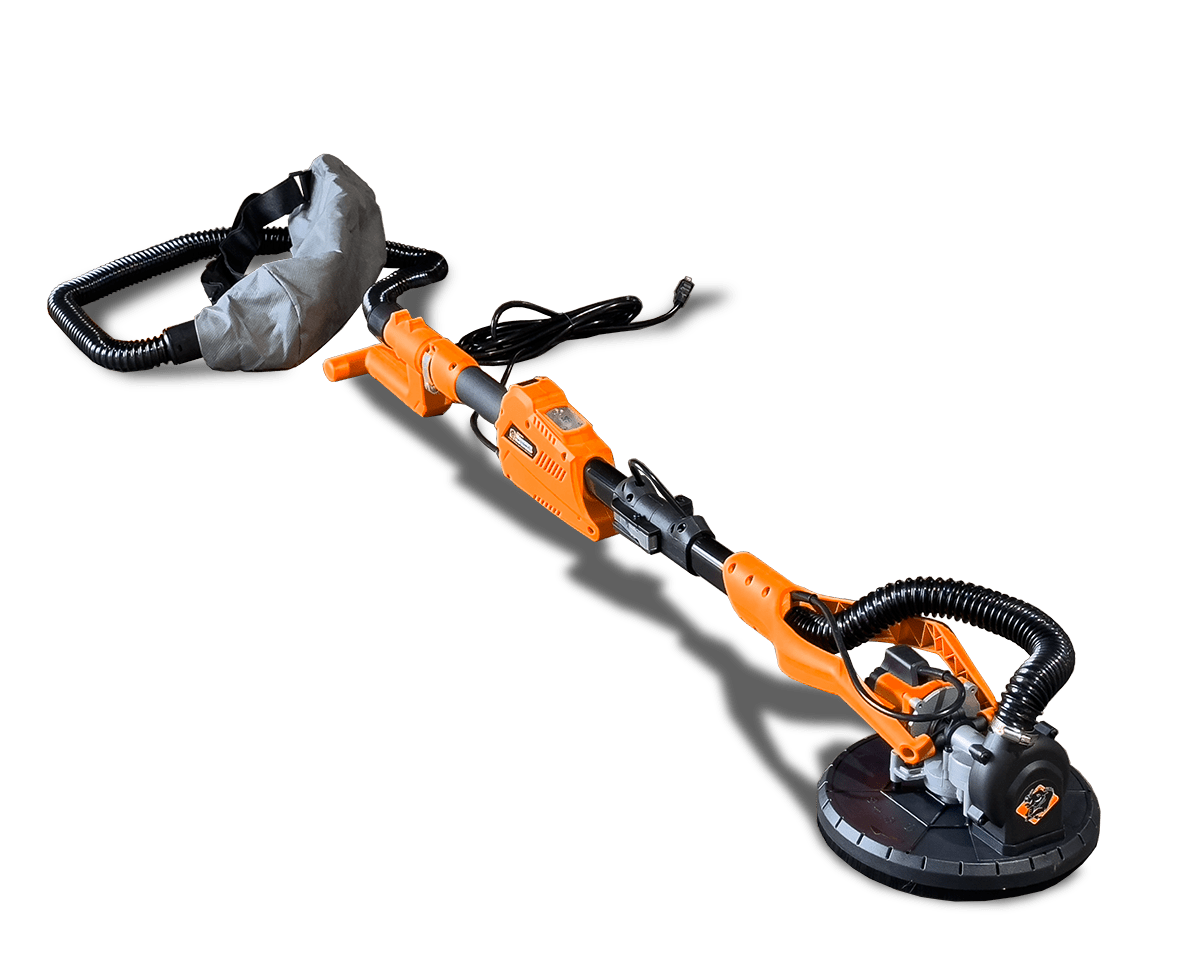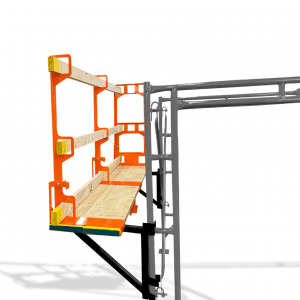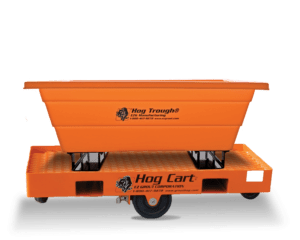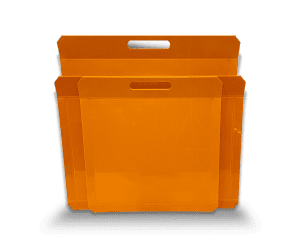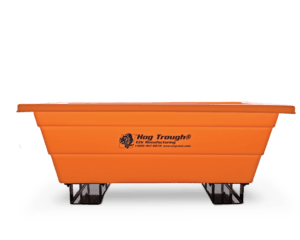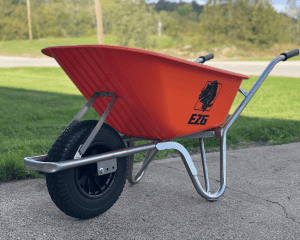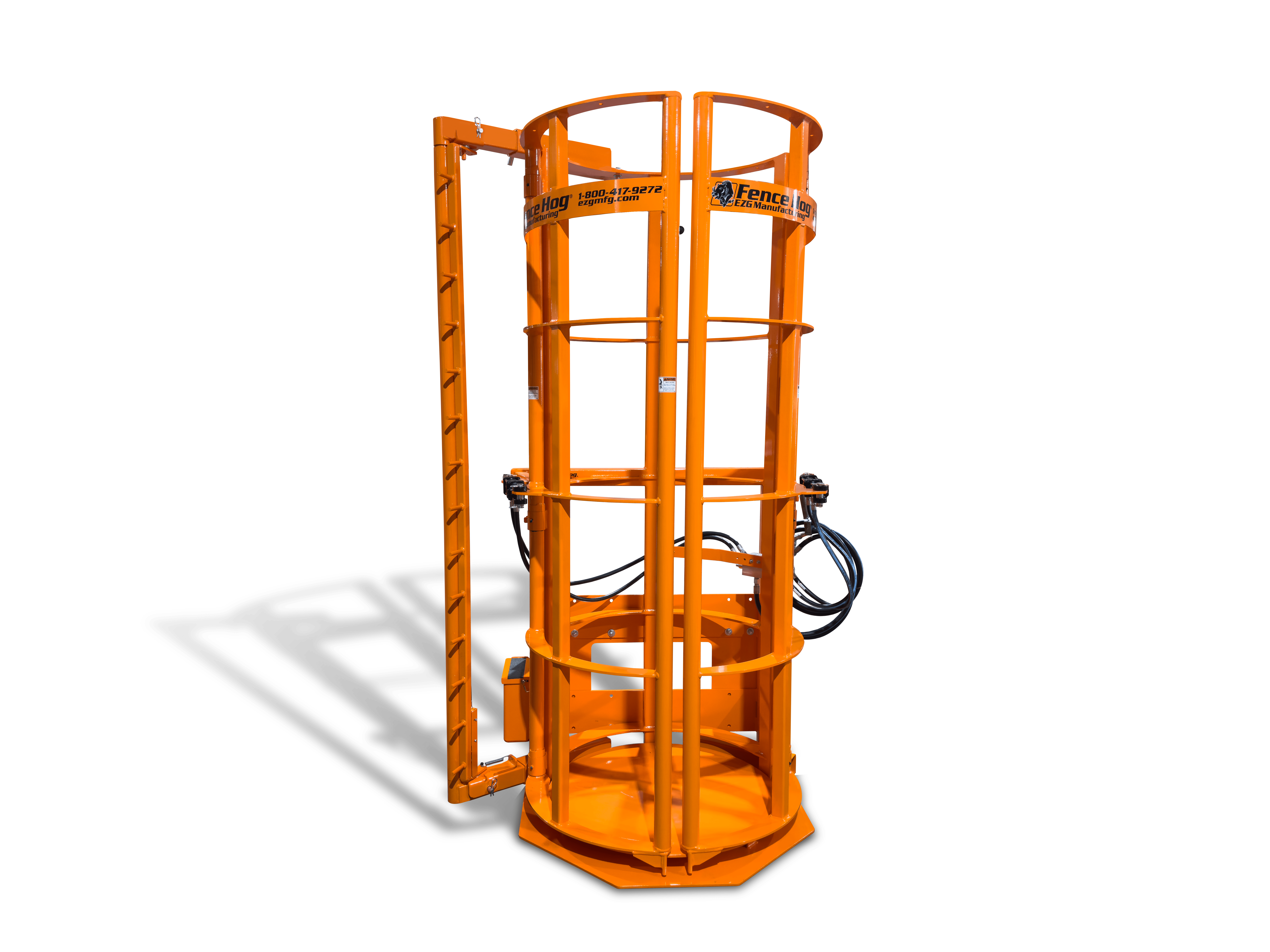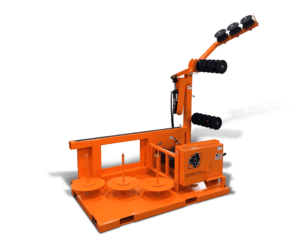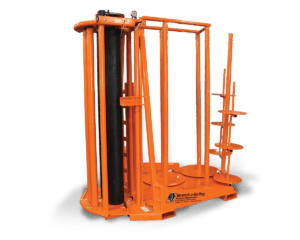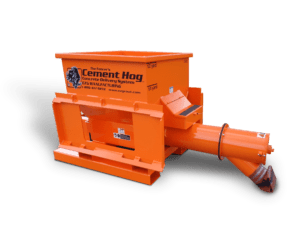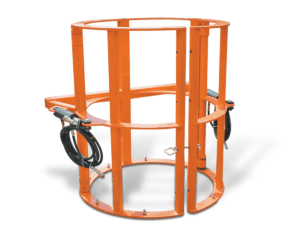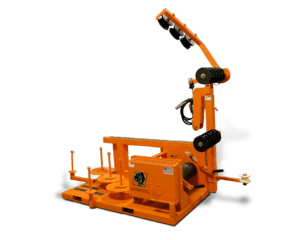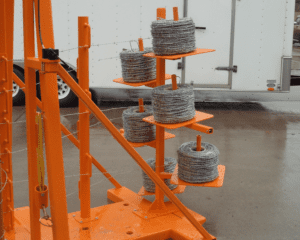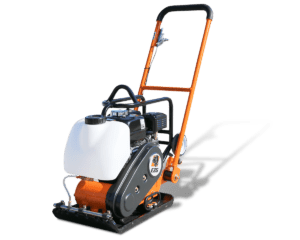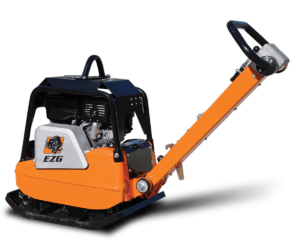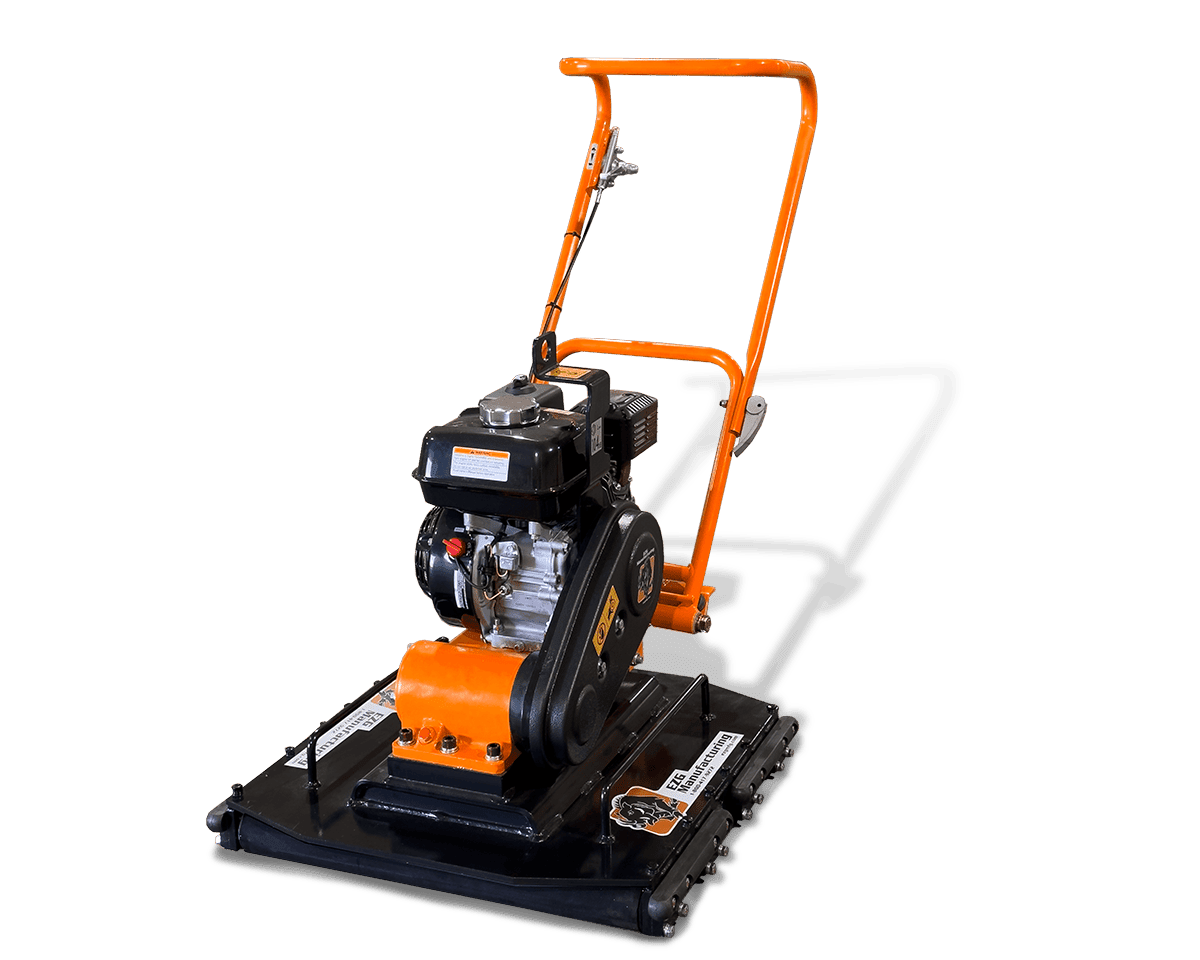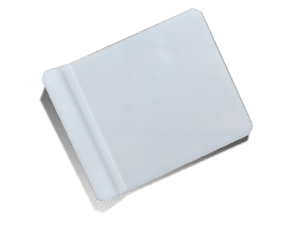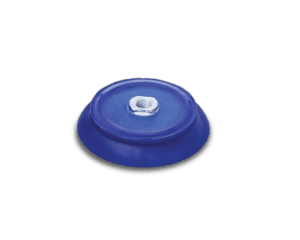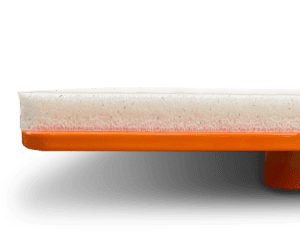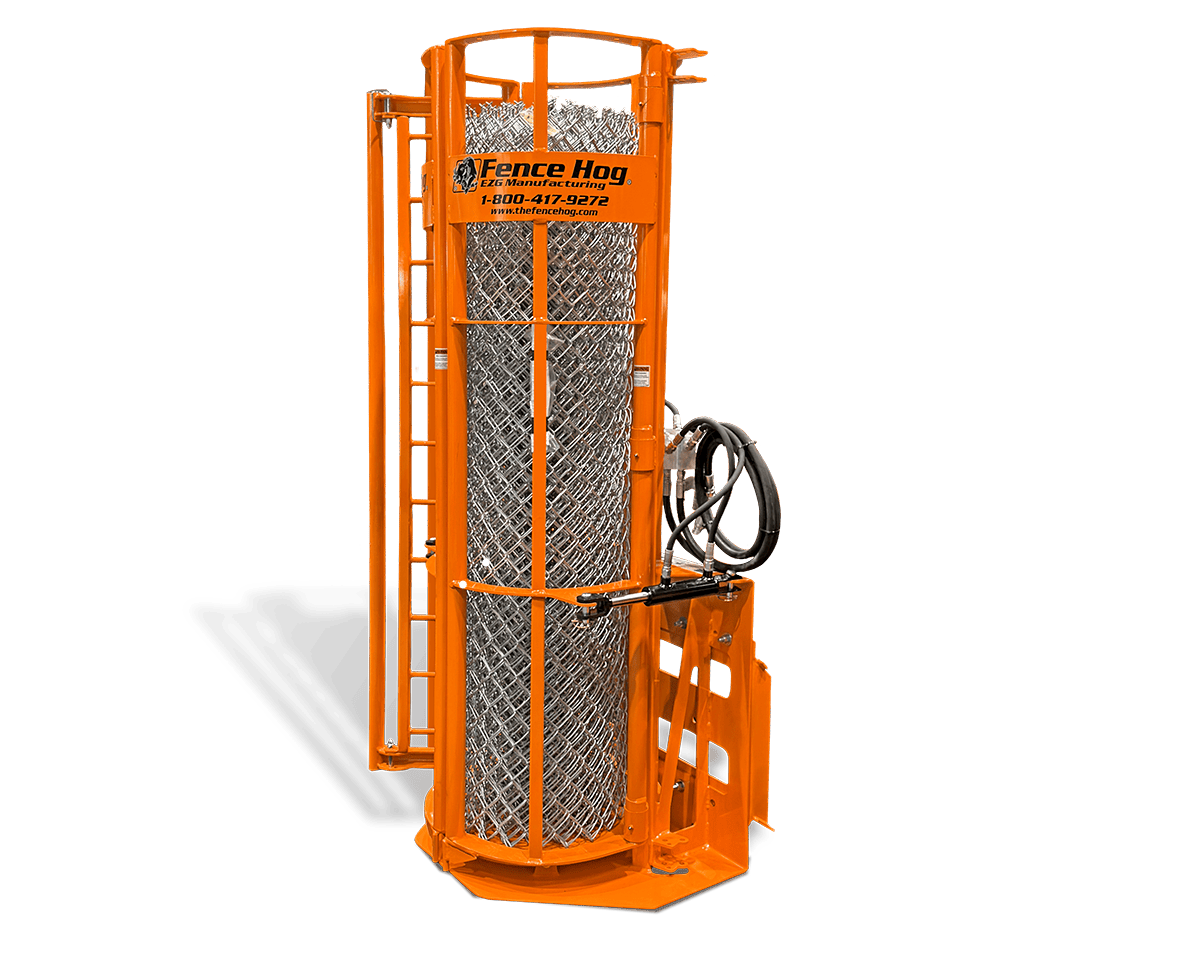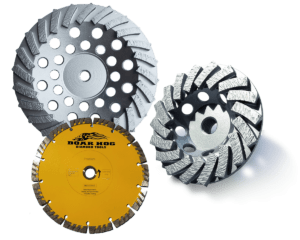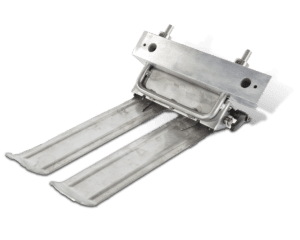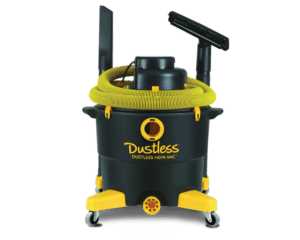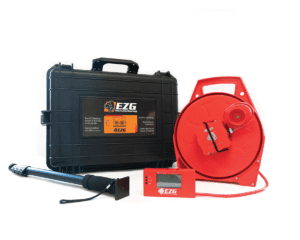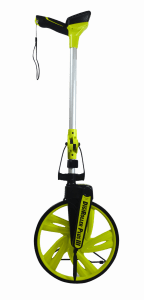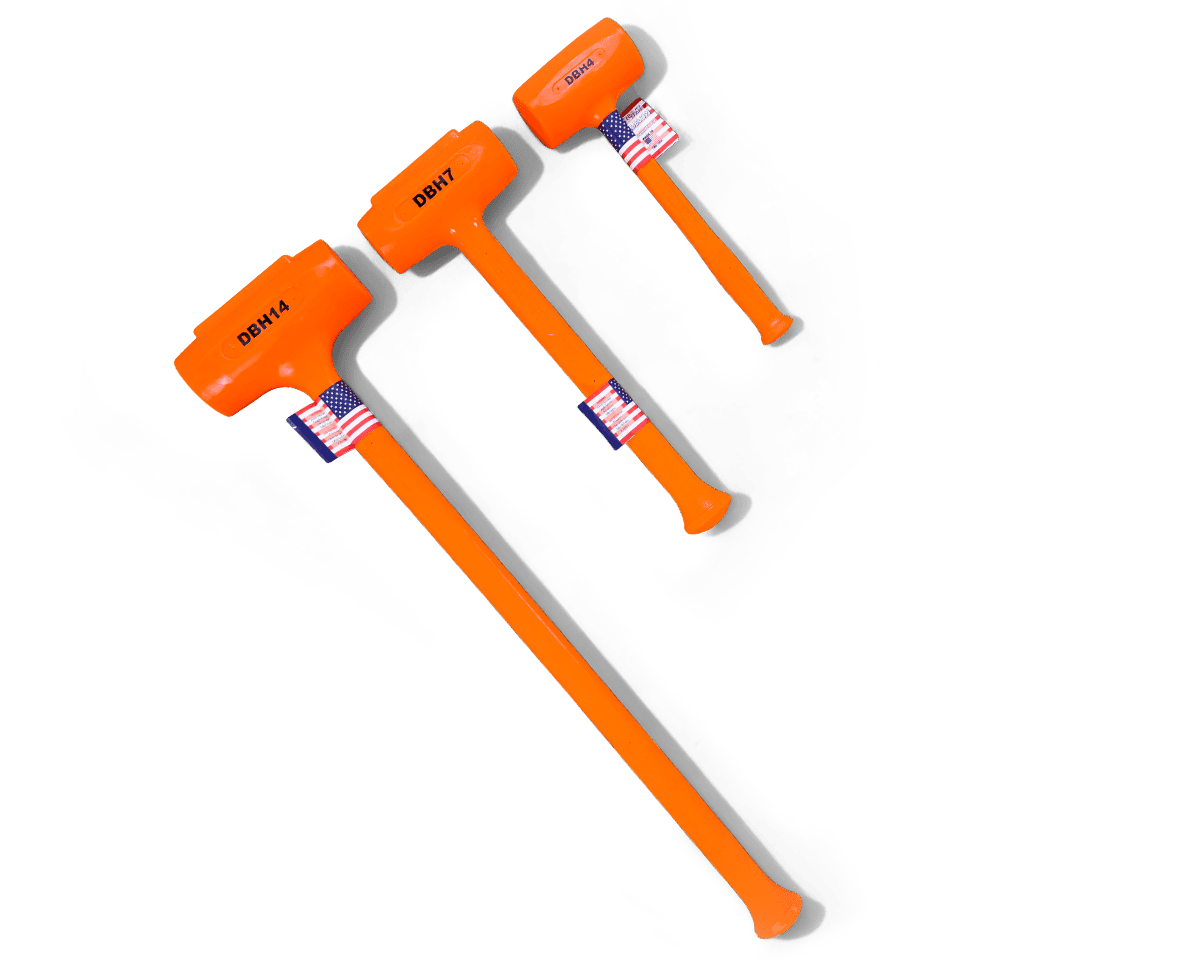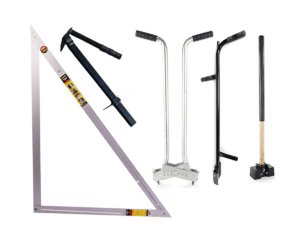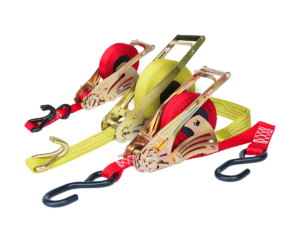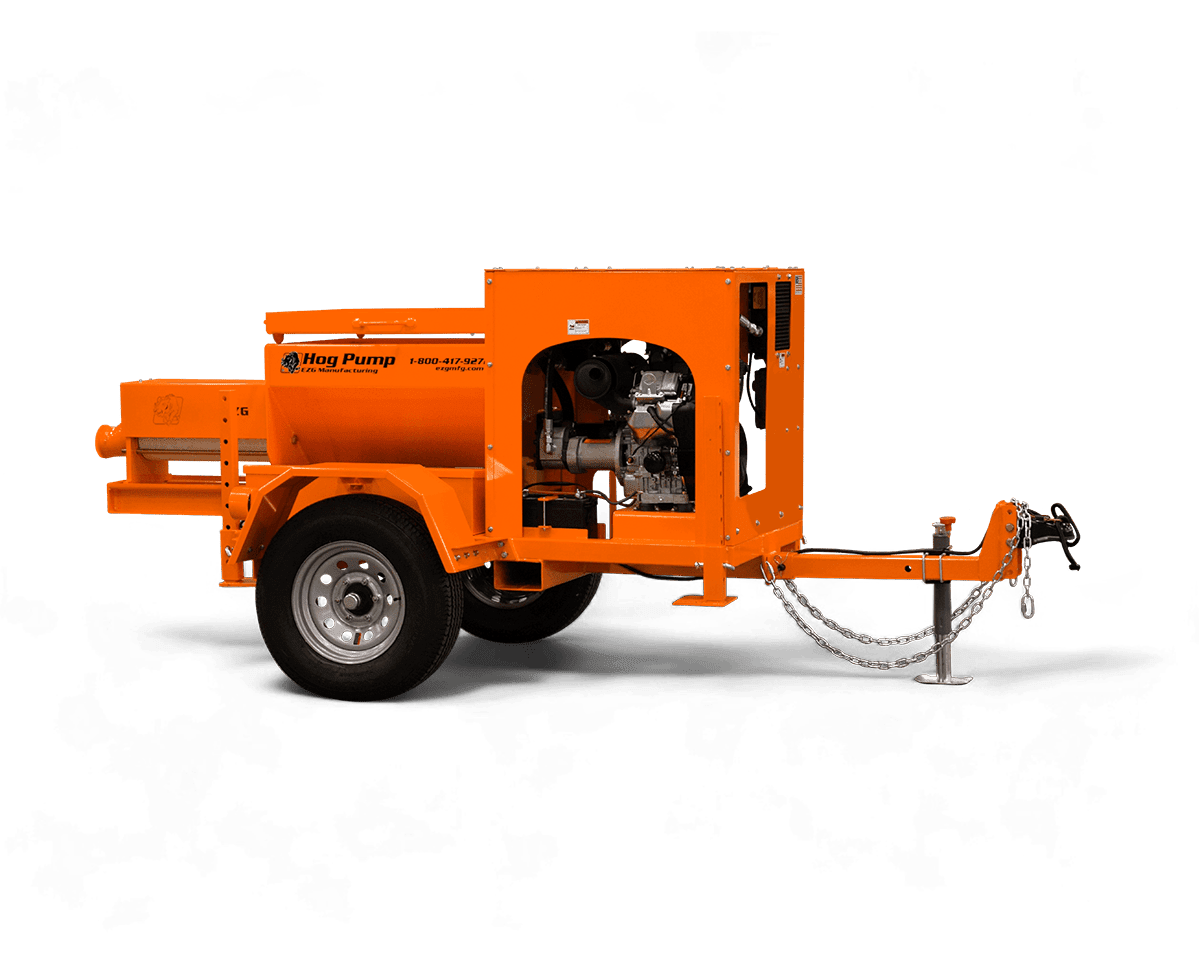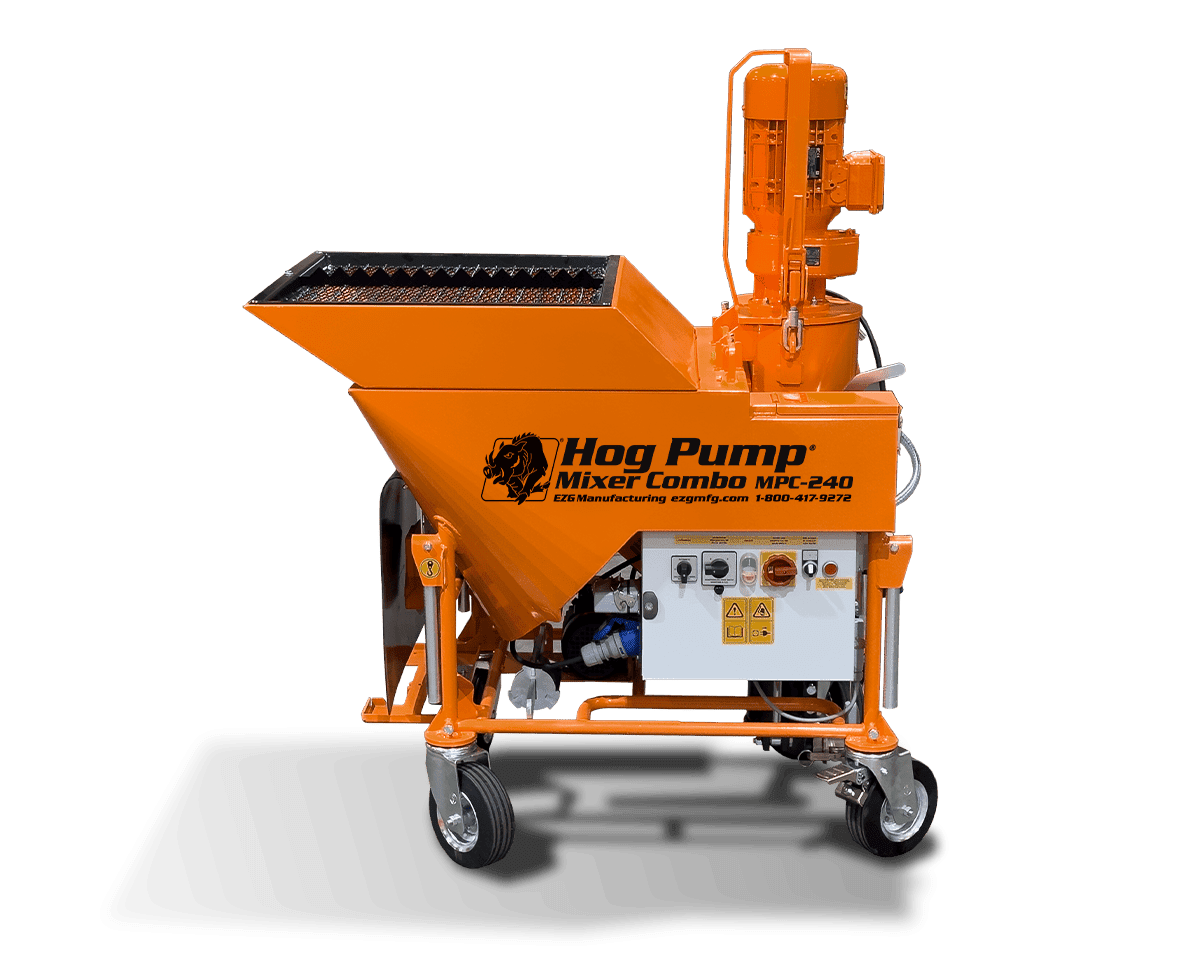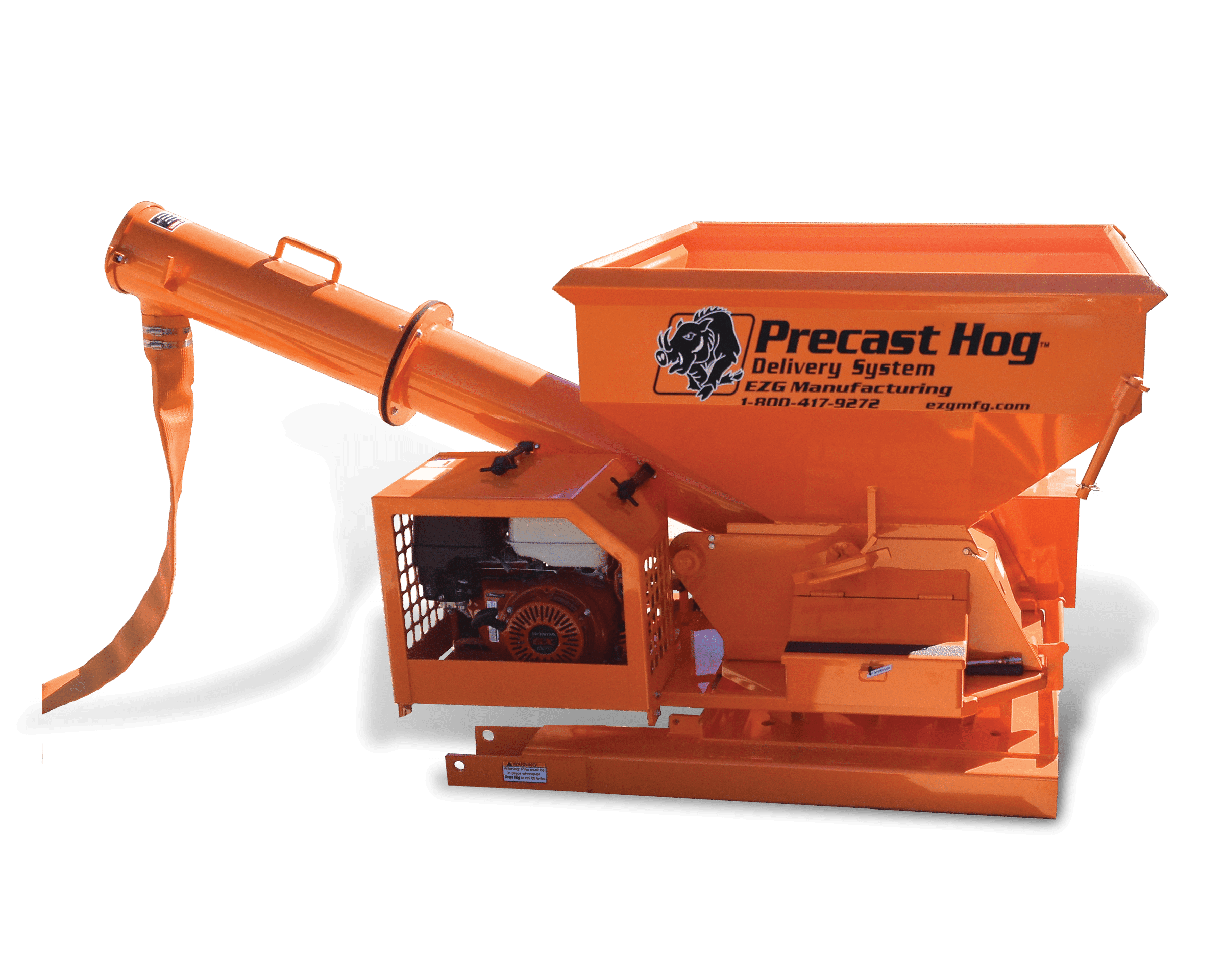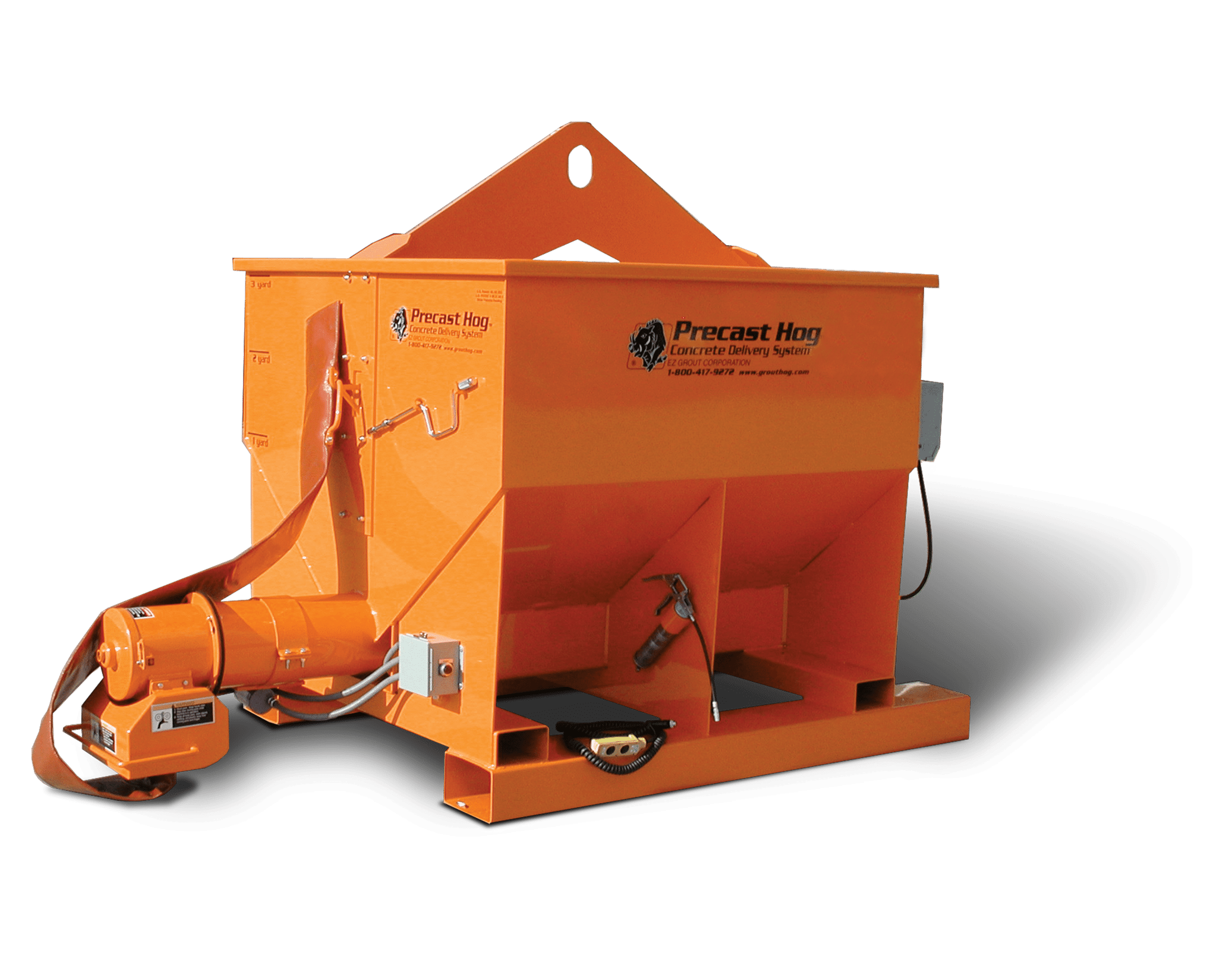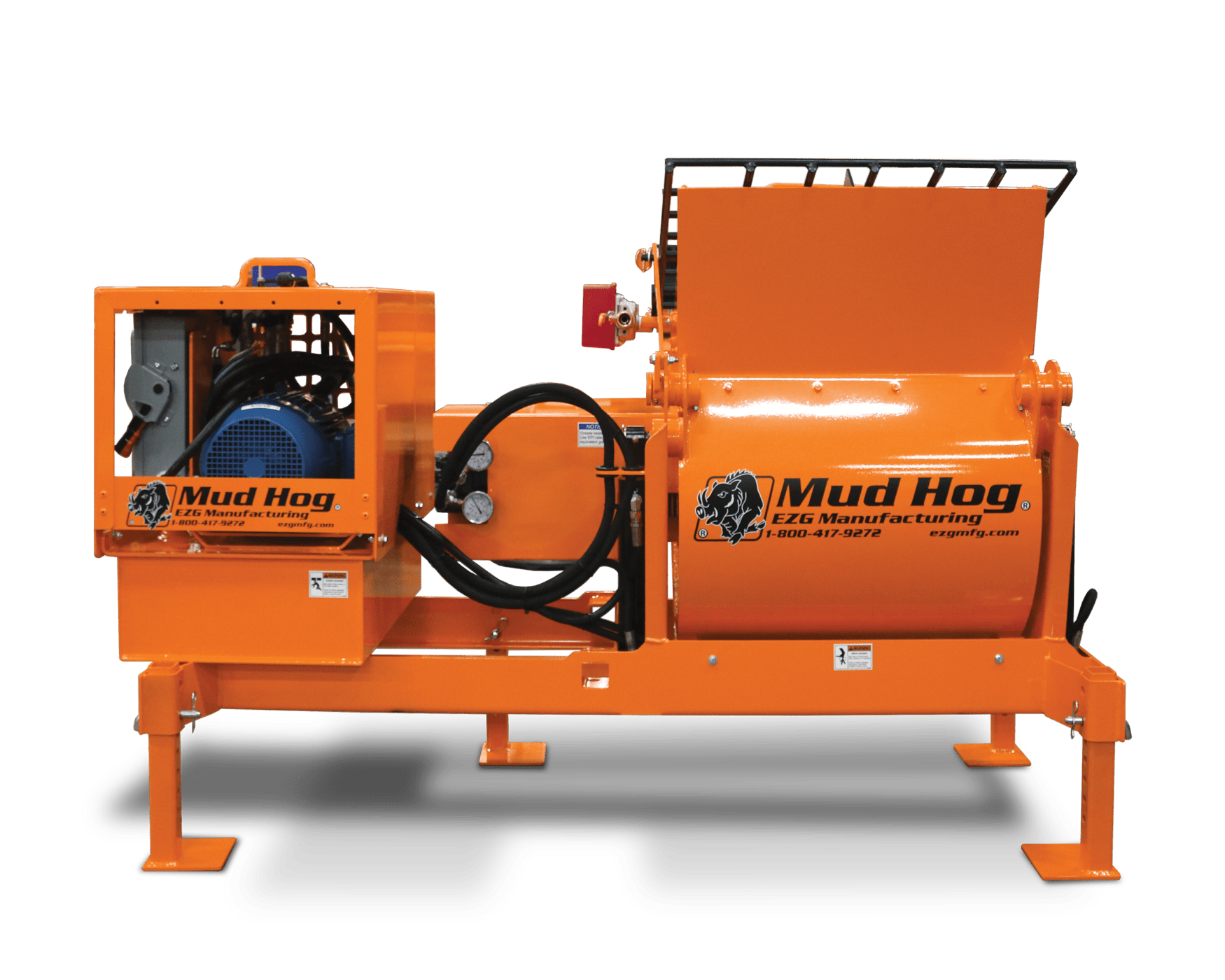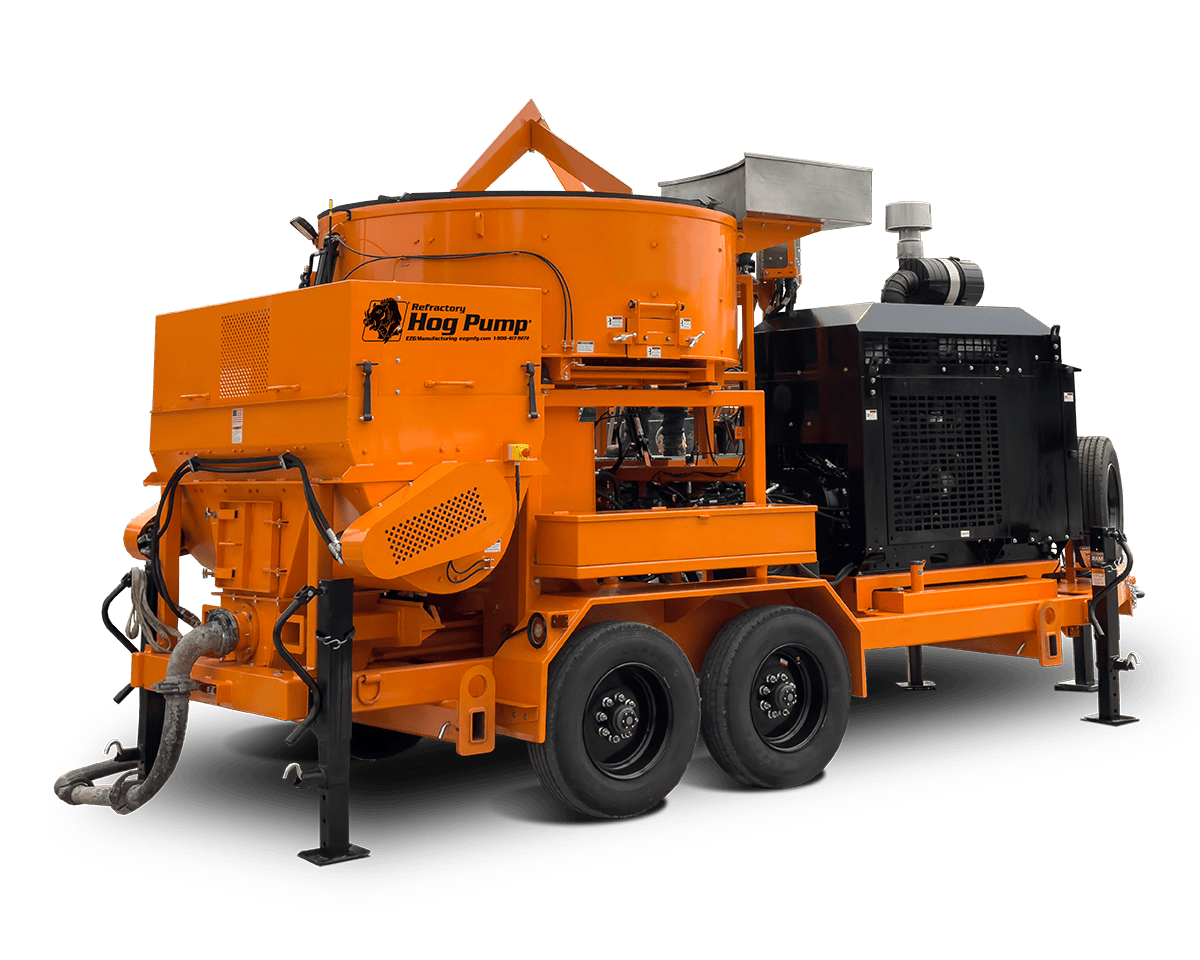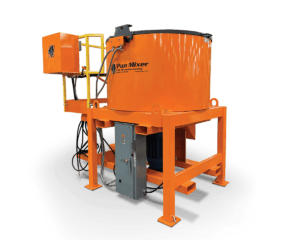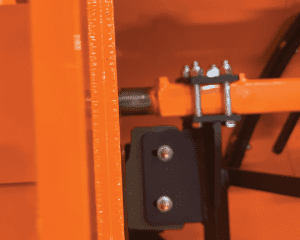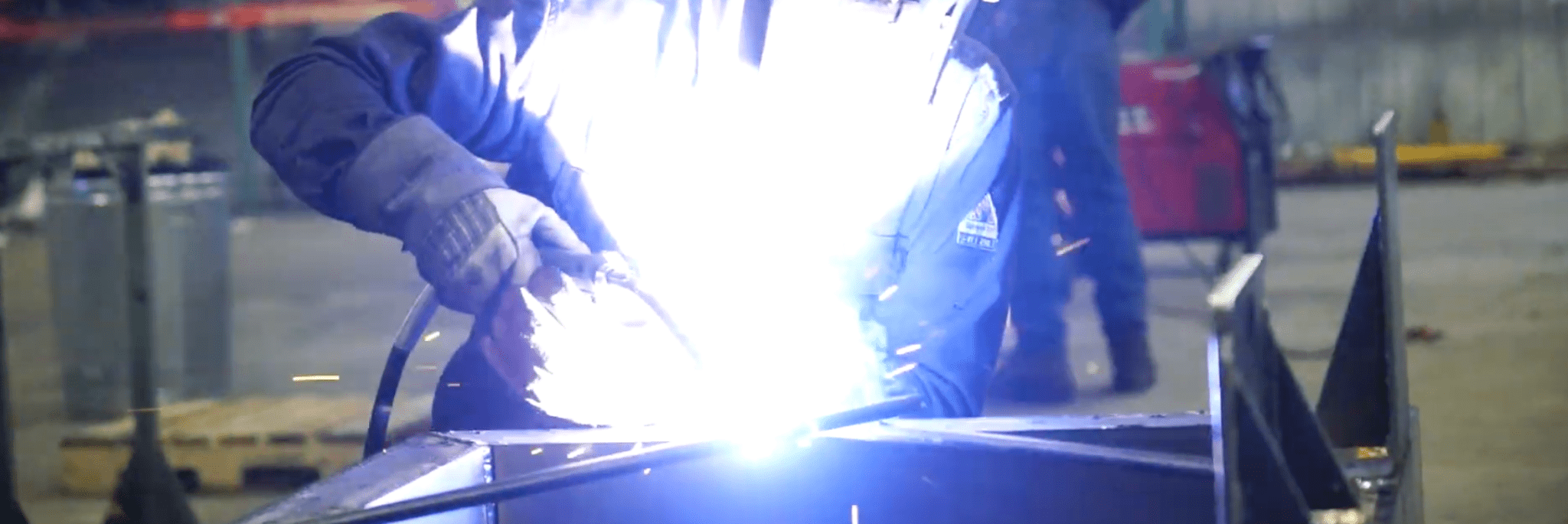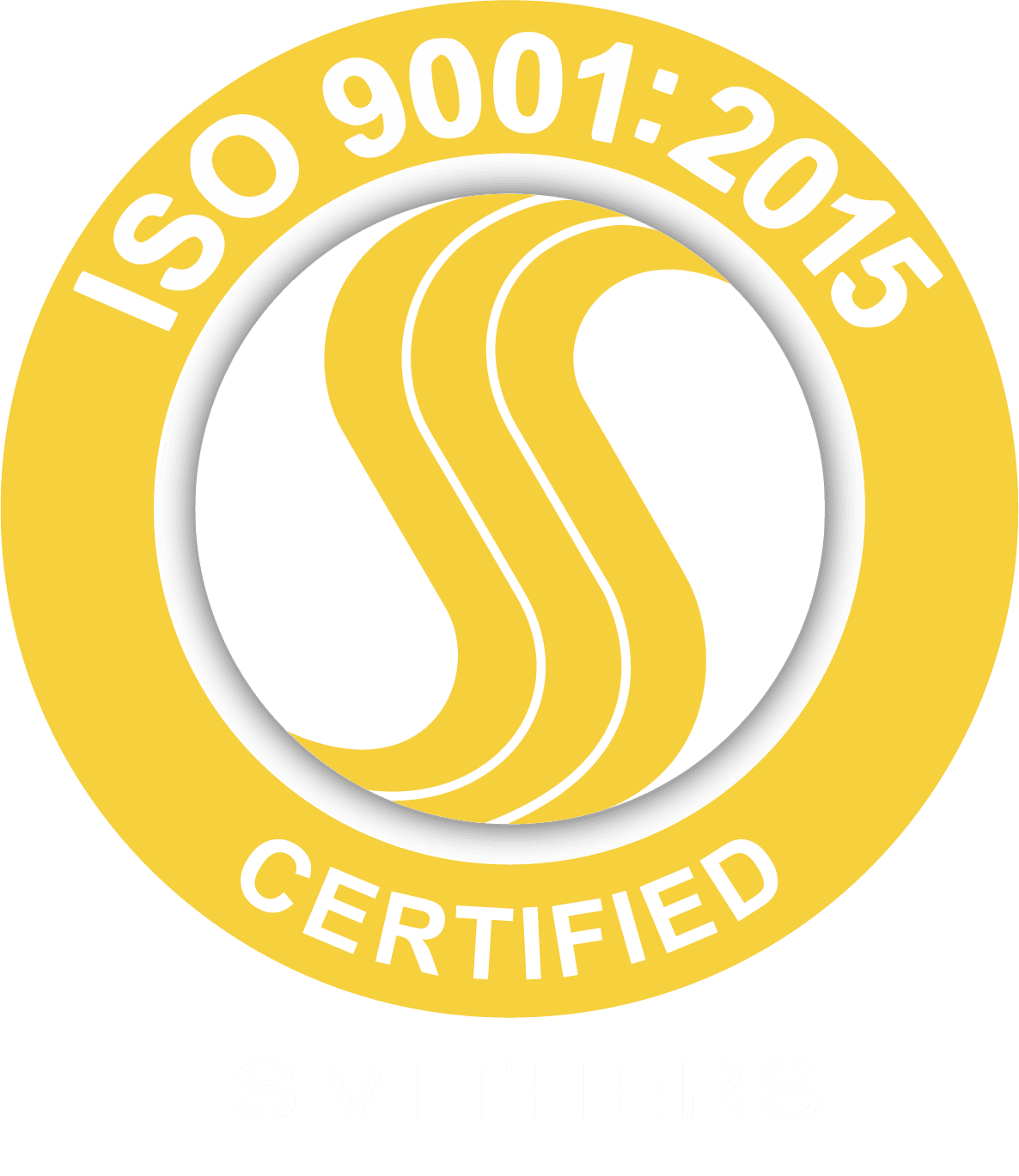What Is Welding?
Welding is a fabrication process used to join two or more pieces of metal using heat, pressure, or both. The result is a strong, often permanent bond that can match, or even exceed, the strength of the original materials.
Each welding method has specific strengths depending on base metal, thickness, weld area, and desired finish. In fields like the construction industry, automotive industry, and aerospace industry, matching the right welding process to the application helps build strong, reliable parts that hold up under pressure.
Below are the main types of welders and the processes they use.
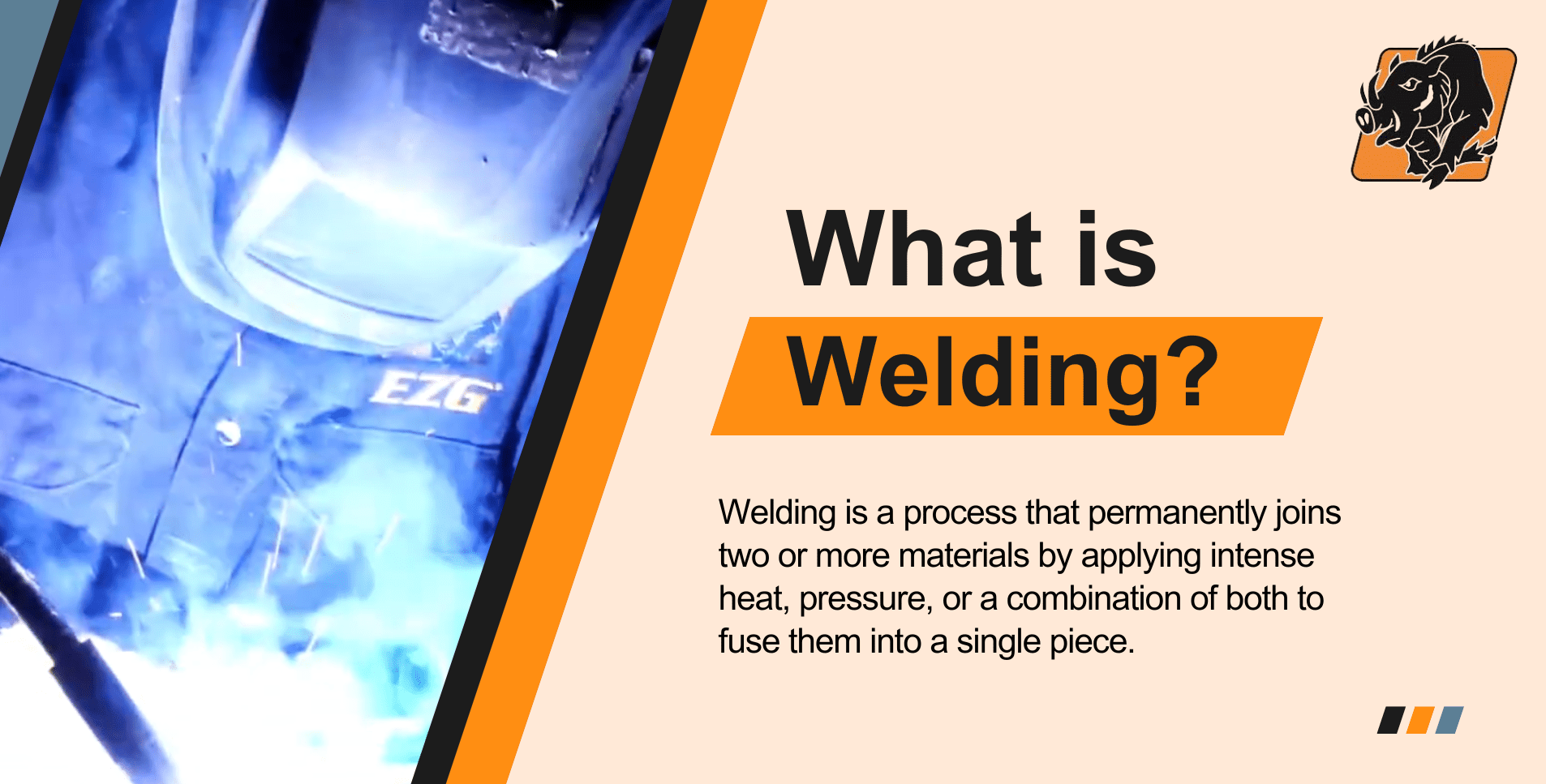
MIG Welding (Gas Metal Arc Welding)
MIG welding is one of the most commonly used methods for both commercial and industrial projects. This welding process uses a consumable electrode wire and shielding gas (typically argon, CO₂, or a mix) to protect the weld area from atmospheric contamination.
A wire feed mechanism supplies filler metal through the welding gun at a controlled speed, while the shielding gas flows around it to maintain weld integrity. Most industrial MIG systems require a 230V power source for optimal performance.
Applications
MIG welding is a go-to process for fabrication work, structural steel components, and automated production lines. At EZG, we use both manual MIG welding and our FANUC 120ic Robotic Welding Cell for repetitive or hard-to-reach tasks, offering consistent weld quality even on complex parts.
Benefits of MIG Welding
- Fast and efficient—ideal for high-volume production
- Suitable for a wide range of materials, including carbon steel, stainless steel, and aluminum
- Easier to learn and automate
- Produces a consistent and strong weld with minimal cleanup
TIG Welding (Gas Tungsten Arc Welding)
Also known as GTAW, TIG welding is the most precise welding process available. It uses a non-consumable tungsten electrode and a separate filler rod to create clean, high-strength welds.
A shielding gas system, usually argon, protects the weld area from oxidation and contamination. The tungsten electrode generates the arc, while the filler rod is added manually for full control.
Common Applications
EZG’s AWS-certified TIG welders are specialists in high-quality welds used in food-grade stainless steel, medical equipment, and aluminum components, where strength, appearance, and cleanliness are critical.
Benefits of TIG Welding:
- Produces the cleanest welds with minimal spatter
- Ideal for thin materials and complex welds
- Excellent for stainless steel, copper alloys, and exotic metals
- Offers unmatched control over the weld pool and temperature
Stick Welding (Shielded Metal Arc Welding)
Stick welding is one of the most adaptable welding processes in industrial applications. It uses a flux-coated consumable electrode that melts and forms a protective gas shield around the weld pool, with no need for external shielding gas.
It’s a go-to method for outdoor work because it doesn’t require an external gas tank and performs well in windy conditions.
Common Uses
Widely used in construction, maintenance, and pipeline welding. It’s especially effective for rugged environments and jobs that don’t require a polished finish.
Benefits
- Works well outdoors or on dirty/rusty surfaces
- Compatible with carbon steel and thick materials
- Produces strong, deep welds
Flux-Cored Arc Welding (FCAW)
Similar to MIG, flux-cored arc welding uses a continuously fed wire, but instead of using external gas, the wire itself is filled with flux. This allows for deeper penetration and higher deposition rates.
Benefits
- Performs well outdoors or in less-than-ideal surface conditions
- Fast, with high deposition rates for thick materials
- Good for structural and heavy fabrication
Plasma Arc Welding
A more advanced cousin of TIG, plasma arc welding uses a constricted arc to concentrate heat and create highly focused welds.
This method involves:
- A dedicated power source
- A specialized torch assembly
- A shielding gas supply system
With high temperatures reaching up to 40,000°F, plasma arc welding offers precise control and clean results, ideal for cutting or detailed welding jobs.
Additional Types of Welding
- Resistance Welding: Uses electrical resistance and pressure to bond metals—commonly used in automotive assembly.
- Electron Beam Welding: Focuses an electron beam in a vacuum for ultra-precise welds in aerospace and nuclear applications.
- Submerged Arc Welding (SAW): Uses a continuously fed wire beneath a blanket of flux. Efficient and clean for large steel structures.
Manual vs. Robotic Welding
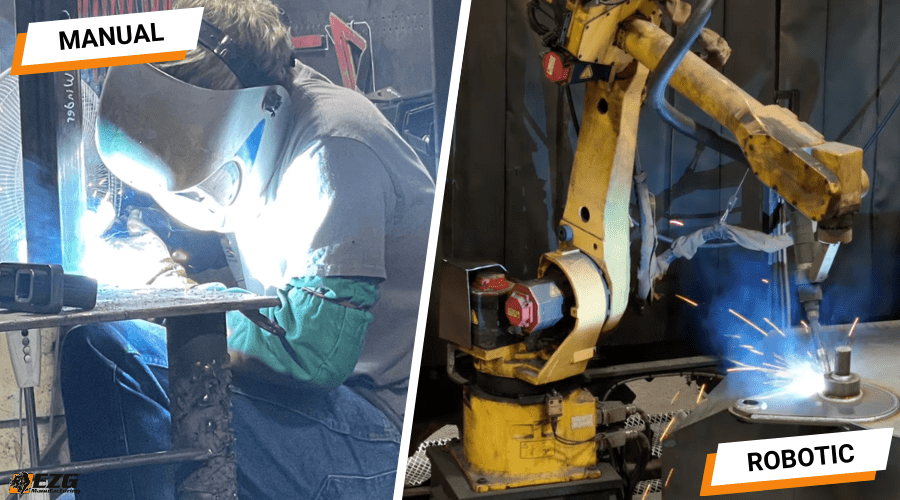
At EZG, we use both manual welding and robotic welding depending on project needs.
- Manual welding is ideal for custom jobs, one-offs, and hard-to-reach welds.
- Robotic welding improves speed and accuracy for large production runs.
Our FANUC 120ic Robotic Welding Cell handles repetitive tasks with consistency and speed, especially in cases where fatigue or tight angles could reduce quality.
How to Choose the Right Welding Process
Not sure which welder is right for your part or project? Here are a few things to think about:
- Material type and thickness
- Weld strength and appearance requirements
- Indoor or outdoor conditions
- Volume and production timelines
- Cleanliness and accessibility of the weld area
Not sure what you need? EZG’s welding experts are here to help you choose the right process based on your specs, application, and end-use requirements.
EZG Manufacturing: Precision Welding and Fabrication
At EZG Manufacturing, we specialize in MIG and TIG welding, offering both manual and robotic solutions to meet your project requirements with accuracy and consistency. Our certified technicians and in-house capabilities allow us to work with a wide range of materials, from stainless steel and carbon steel to aluminum and specialty alloys, delivering strong, high-quality welds for every application.
From design to delivery, we build durable parts with precision and speed.
Contact EZG Manufacturing today to discuss your next welding or fabrication project.

